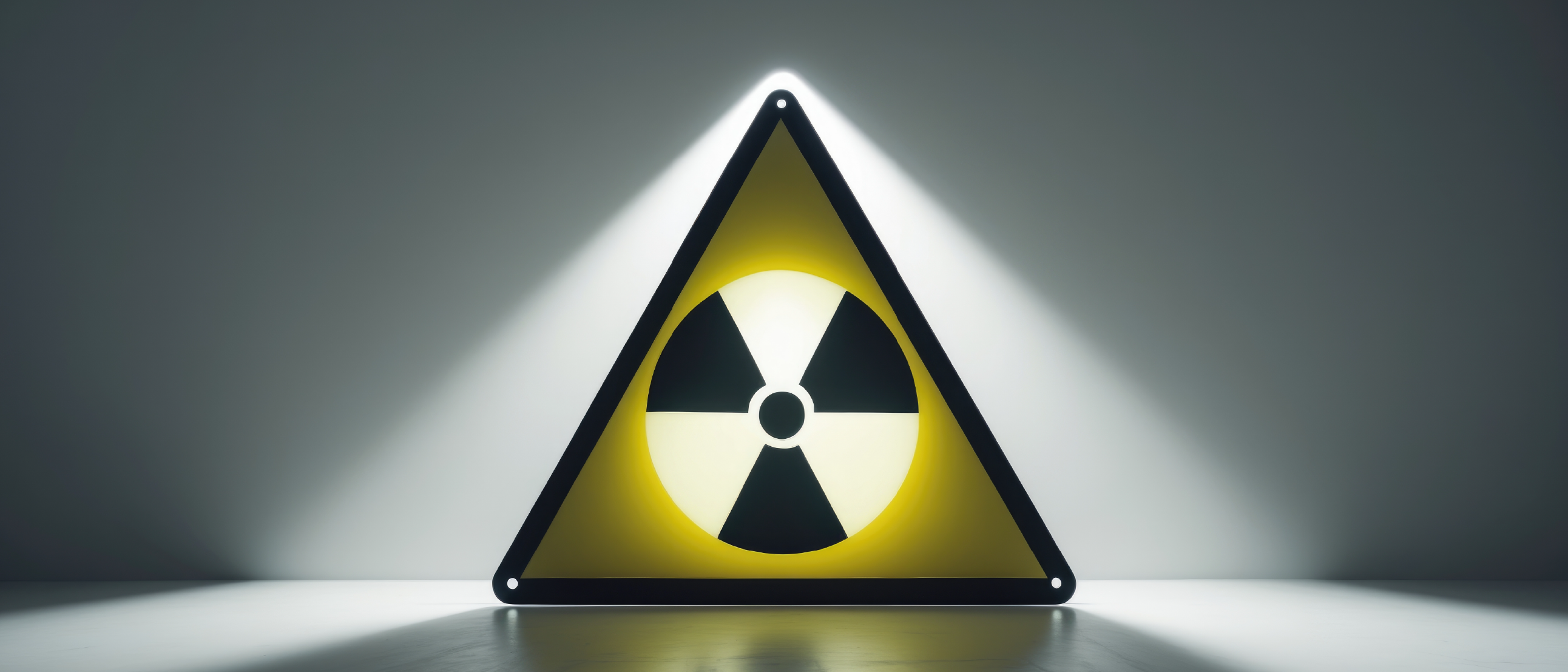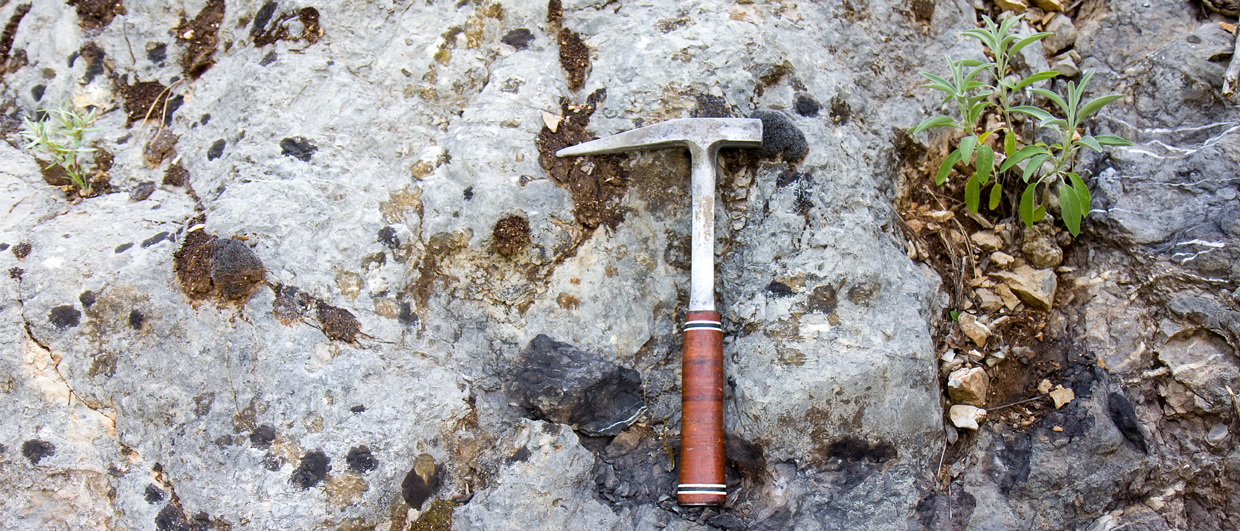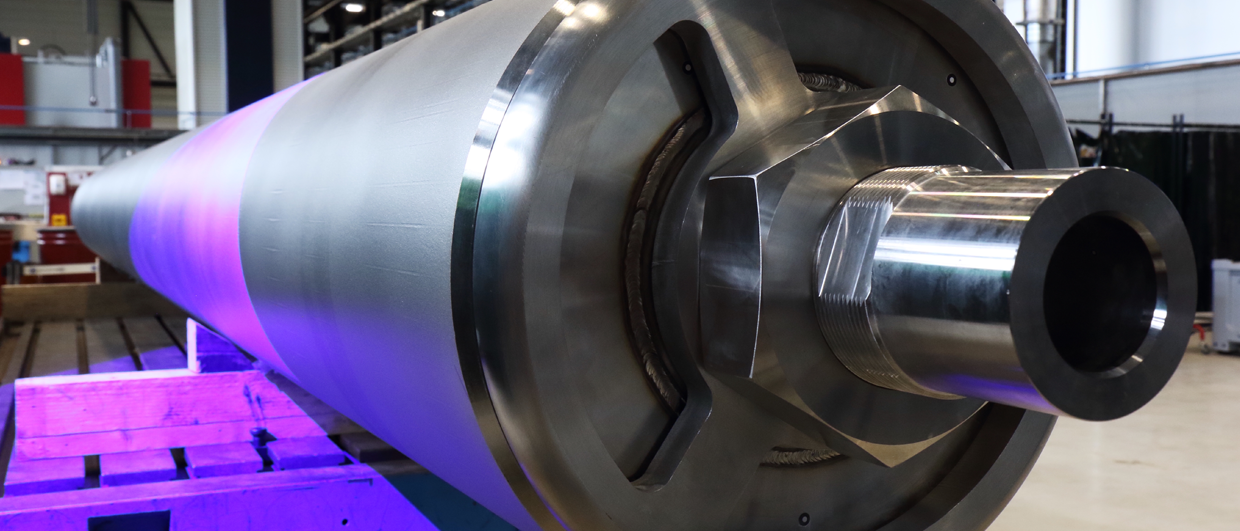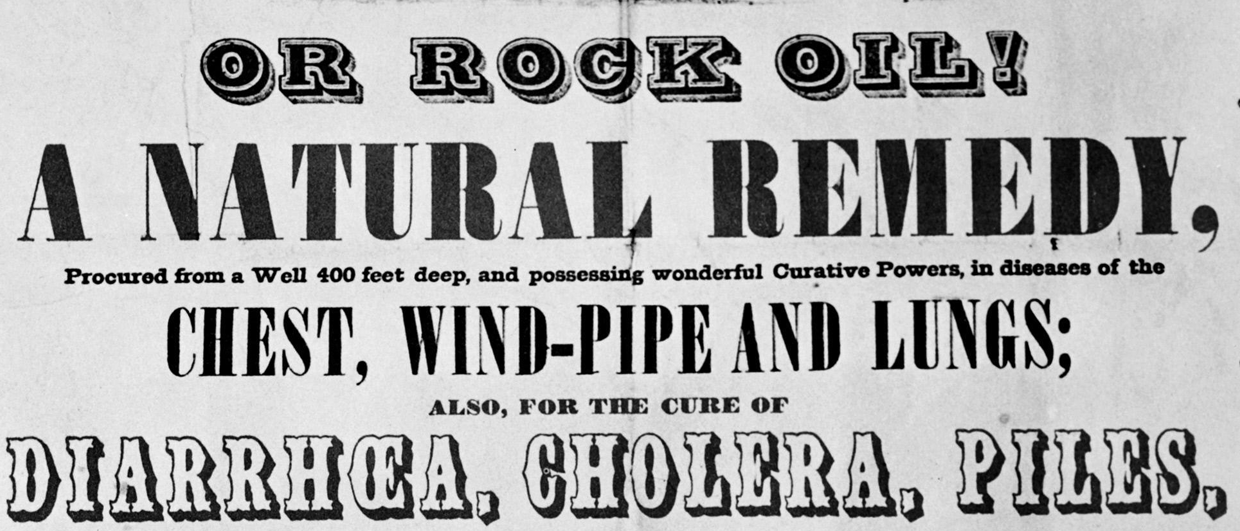Today, we have an estimated total of 370,000 to 400,000 tons of spent radioactive waste globally, which is the equivalent of 16 Olympic-sized swimming pools, that have been generated since nuclear power began in the 1950s. The question of storing this “legacy waste” safely in the subsurface continues to be a prime example of the intersection between managing uncertainty, geoscience, and social acceptance.
Before jumping into the specifics of geological uncertainties of rad waste disposal, two important questions remain as the nuclear renaissance builds momentum and more volume of spent fuel is generated: What is the plan for the disposal of waste generated by the serial production of next generation nuclear (e.g., SMRs), and will this be transparently communicated? As outlined in my last column, both have been damaging issues in the past.

From a subsurface perspective, what is unique for rad waste disposal projects is the geological uncertainty associated to long-term predictions. For rad waste, some safety concepts refer to “Until 100,000 years have passed, the requirement is that no one should receive more than 1 % of the dose from natural background radiation due to the waste.” That’s 0.02-0.05 mSv per year – about the same as a flight across the Atlantic or 5 dental X-rays.
Despite the geological uncertainties that are at play over such long timescales, there is consensus on the ideal host rock types, as well as the depth of construction. Many radioactive waste projects assume repositories at depths of 500 m or more in crystalline rocks, salt or clay formations. Nevertheless, a detailed assessment is required to assess suitable sites associated with a given storage capacity.
A field that is closely linked to the radioactive waste disposal programs is the social participation in the research programmes in various stakeholder forums. I was involved in the site selection phase of the Swiss waste repository and keenly observed the institutionalisation of the locally affected population in the research agenda from very early on, which is a very different experience from that of my previous life in the E&P industry.
This is a very important aspect, as experience has learned how detrimental cover-ups are. For example, at two facilities at Asse II and its sister project Morsleben in Germany, issues related to water inflows were largely kept under wraps, further straining the public acceptance of nuclear waste disposal in Germany to this day.
As a result, the public is very attuned to these events, which has caused social resistance at specific subsurface repository sites and not only in their local jurisdictions. Therefore, radioactive waste disposal has historically experienced negative public and stakeholder perceptions, which can interfere with the debate on a final storage solution.
We can therefore be curious to see what developments will take place in the next generation of nuclear development and to what extent society is finally prepared to follow more a path of waste prevention from the nuclear sector. We certainly have the tools to deliver, if we agree to do it.
This is the final and second part of a series on the geological storage of radwaste. You can find the first article here.





